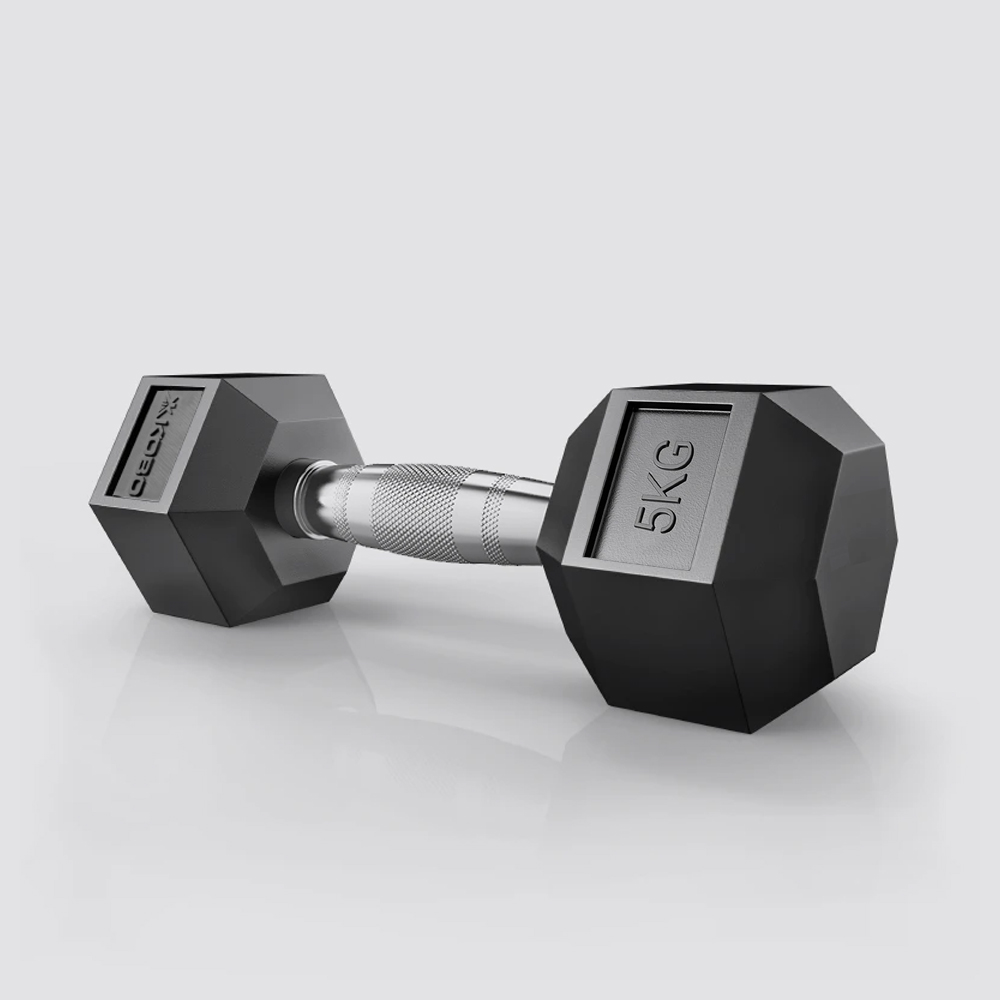Winter season brings along fun activities like skiing, snowboarding, and playing in snow. However, it also brings harsh weather conditions with it like snowfall, ice and freezing temperatures. Walking or being outdoors in such conditions require the right type of footwear that can protect your feet from cold, wetness and provide traction on slippery surfaces. This is where snow boots come into the picture. Snow boots are designed specifically for winter weather and snow activities.
Popular Types of Snow Boots
There are several styles and types of snow boots available in the market to suit different weather conditions and activities. Some of the most common and popular types include:
Insulated Snow Boots
Insulated snow boots have thick insulation, usually with synthetic fill or down insulation lining. This makes them extremely warm and suitable for extremely cold temperatures well below freezing. Look for insulation labeled as Thinsulate or Primaloft for maximum warmth. Insulated boots are best for places with heavy snowfall and prolonged exposure to very low temperatures.
Waterproof Snow Boots
Getting your feet wet in snow can quickly lead to cold feet and snow getting inside the boot. Waterproof snow boots have outer materials and seals that prevent water or melted snow from seeping in. Look for boots rated as waterproof with taped seams and protective membranes like Gore-Tex. Waterproofing is essential for slushy or wet snow conditions.
Features to Look for in Snow Boots
Besides the basic insulation and waterproofing, there are some key features to consider when buying Snow Boots:
Traction Soles
Winter conditions on streets, sidewalks or trails can get slippery due to snow, ice or wet surfaces. Snow boots with deep lug patterns or abrasive material on the outsoles provide superior traction to prevent slips and falls.
Ankle Support
Boots that come up above the ankle provide extra support. This is preferable for activities involving a lot of walking or movement on uneven terrain like hiking in snow.
Breathability
While insulation and waterproofing keep feet warm and dry, breathability allows moisture from sweat to escape. Look for materials like Gore-Tex that are breathable as well as waterproof.
Adjustable Closures
Boots with lace-up closures or adjustable straps allow a snug, customized fit. This helps keep feet warmer and prevents snow from entering.
Insulated Lining
Thick insulated lining around the ankles, heel and toes ensures even heat distribution and no cold spots. Removable liners also make for easy drying.
Choosing Snow Boots Based On Activity Level
The type of snow activity or weather conditions you will be facing determines which snow boot features take priority. Here are some guidelines on choosing snow boots based on your activity level:
– City Walking – Look for waterproof and insulated boots with good traction soles for slushy sidewalks. Ankle support isn’t as critical.
– Hiking in Light Snow – Prioritize waterproofing, insulation and traction. Consider boots that come up above the ankle for added support on uneven terrain.
– Backcountry Snowshoeing – Heavily insulated, waterproof boots with tremendous traction are a must. Insulation around ankles/heel prevents heat loss.
– Downhill Skiing/Snowboarding – Boots should be insulated, waterproof and breathable. Prioritize flexibility and comfort over heavy duty traction or insulation.
– Snowmobiling – Rated for wet or extreme cold conditions (-40°F/-40°C), with rigid insulation, waterproof-sealed interiors and sturdy traction soles.
Caring For Snow Boots
Here are some tips for caring for snow boots to extend their life:
– Allow boots to air dry completely between uses to prevent mold growth. Consider spray-on disinfectants for the interiors.
– Apply a weatherproofing spray or protectant regularly to maintain the waterproof coating on leather or fabric boots.
– Inspect lace eyelets and seams periodically for damage or leaks. Repair promptly with seam sealer.
– Replace liners when they lose loft or no longer wick moisture effectively. Proper lining care is key to insulation performance.
– Avoid tight rolls or excessive compression which can damage insulation layers over time.
– Apply conditioner or waterproofer to leather areas annually before and after winter season.
With so many great snow boot options covering all budgets and activity levels, finding the perfect pair is achievable. Do your research, assess needs based on climate and planned activities, then focus on features like insulation, traction and fit for the footwear that will keep your feet happy all winter long.
*Note:
1. Source: Coherent Market Insights, Public sources, Desk research
2. We have leveraged AI tools to mine information and compile it




